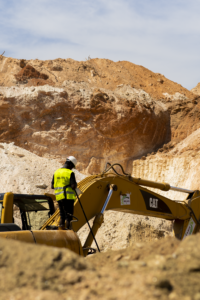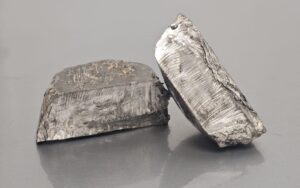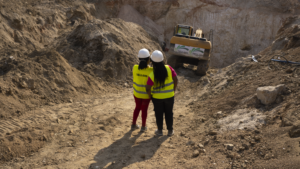Introduction
Lithium, a soft, silver-white metal, is a relatively rare element in the Earth’s crust. Its formation is a complex geological process that occurs over millions of years.
The primary sources of lithium are igneous rocks and Saltwater Brine deposits, each with its own unique formation story:
- Lithium Formation in Igneous Rocks and Pegmatite Deposits: Lithium, the green energy champion, originates deep within the Earth’s crust, primarily within two igneous rock types: pegmatitic and granitic . These rocks form over millions of years through the gradual cooling and solidification of molten magma.
a. Pegmatite deposits:
This is a subset of igneous rocks, boast exceptionally high concentrations of lithium-bearing minerals. As magma concludes its cooling journey, it creates pockets where lithium-rich fluids gather, unveiling a treasure trove of minerals like spodumene, lepidolite, and petalite. These pegmatite deposits emerge as invaluable sources of lithium, a testament to nature’s brilliance in supporting our sustainable future.
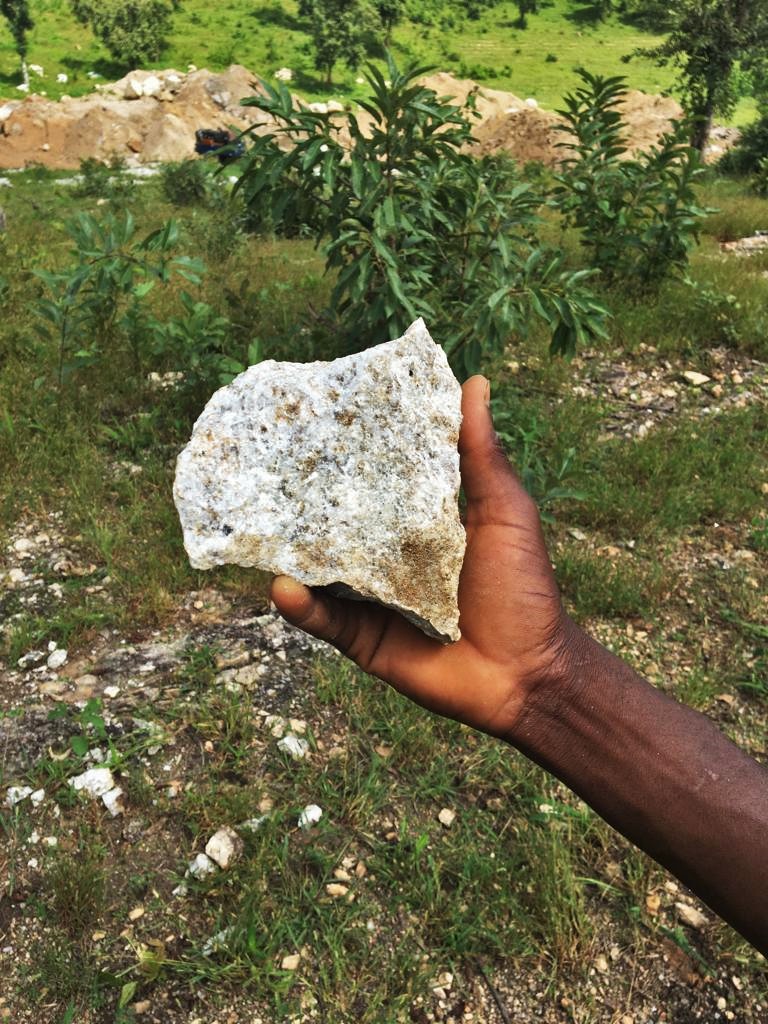
b. Granite and Granitic Pegmatite Minerals:
Granite, a common type of igneous rock, can be a hidden reservoir of lithium ore minerals. This becomes particularly apparent when granite goes through a late-stage magmatic differentiation, a process that forms pegmatitic zones enriched with lithium-bearing minerals. These zones are a testament to the dynamic forces shaping our planet’s lithosphere and the precious lithium concealed within.
2. Saltwater Brine Deposits:
This form of Lithium occurs in arid regions around the world where underground brine (salty water) encounters rocks that contain lithium. This could happen over thousands of years. Lithium gradually seeps into the brine, creating highly concentrated lithium-rich solutions. This intricate process is influenced by factors like temperature, pressure, and the geological makeup of the region. Such brine deposits often find their home in areas with high evaporation rates, semi-arid climates, and regions of geological activity where lithium-containing rocks surface.
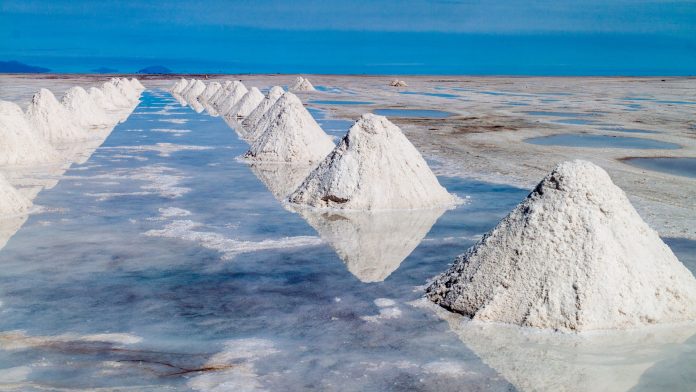
Other sources of lithium include:
- Geothermal Brines:
In some of the world’s most geologically active regions, where the Earth’s heat flows freely, geothermal brines emerge. These brines, heated water solutions, carry significant amounts of dissolved lithium resulting from the interaction between water and hot rocks. Specialized extraction techniques allow us to harness this valuable resource, highlighting the intricate connection between geology and resource formation.
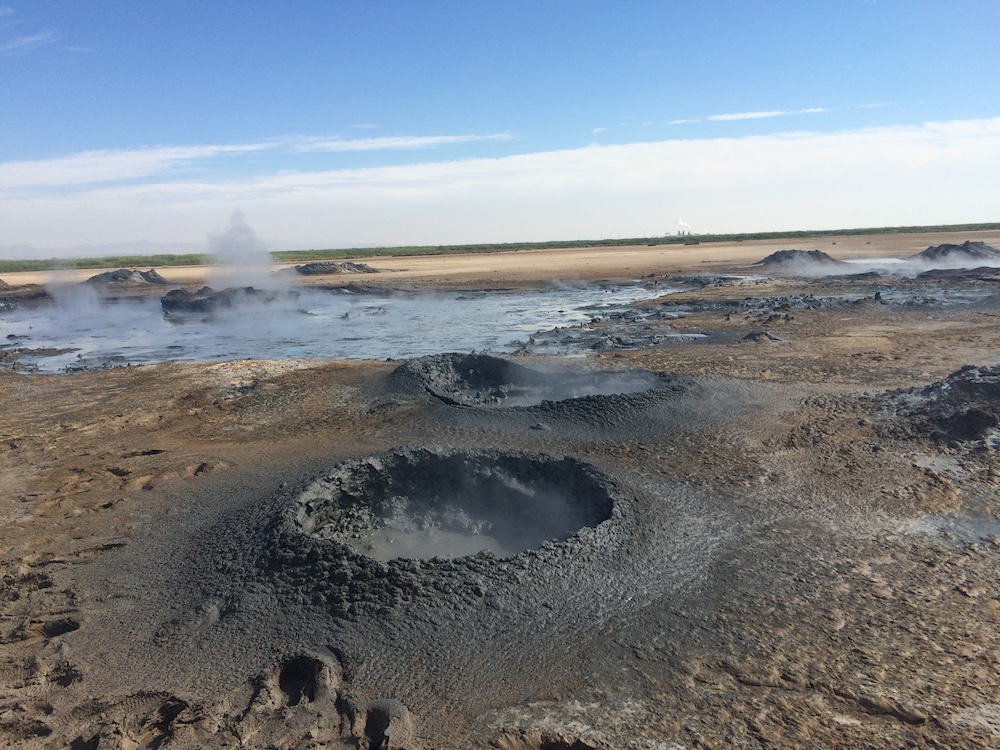
2. Sedimentary Deposits:
While less common than other sources, sedimentary deposits also reveal the presence of lithium. In sedimentary basins, lithium-bearing minerals precipitate from water, forming lithium-rich clay minerals and other sedimentary lithologies.
3. Saline Playas and Salt Flats:
In South America, encompassing Argentina, Bolivia, and Chile, lithium ore minerals can be found in saline playas and salt flats. These unique environments feature the accumulation of lithium-rich brines within closed basins. Over time, lithium minerals precipitate and accumulate, making these locations pivotal in the global lithium landscape.
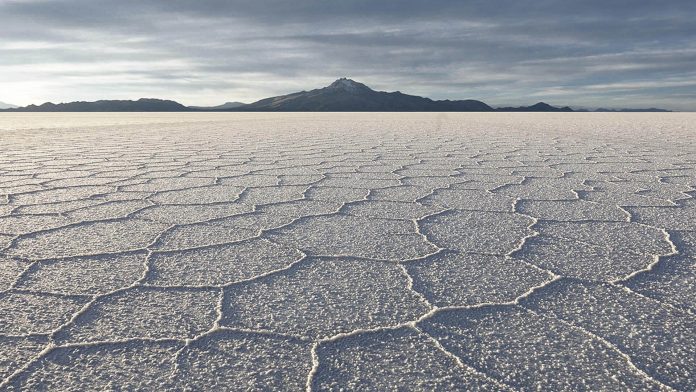
The Extraction of Lithium
Extracting lithium from its natural sources is a multifaceted process that depends on the type of deposit. Here’s a brief overview of the extraction methods commonly employed:
- Open-Pit Mining
Open-pit mining is the go-to method when lithium ore deposits sit tantalizingly close to the surface. The process includes:
- The removal of overlying materials like soil and rock to reveal the precious lithium-bearing ore.
- Heavy machinery, including bulldozers, excavators, and haul trucks, is then deployed to extract the ore.
- Once unearthed, the ore embarks on a journey to processing plants, where further beneficiation processes await.
- This includes techniques like gravity separation, flotation, magnetic separation, and acid leaching, meticulously designed to extract lithium in its purest form.
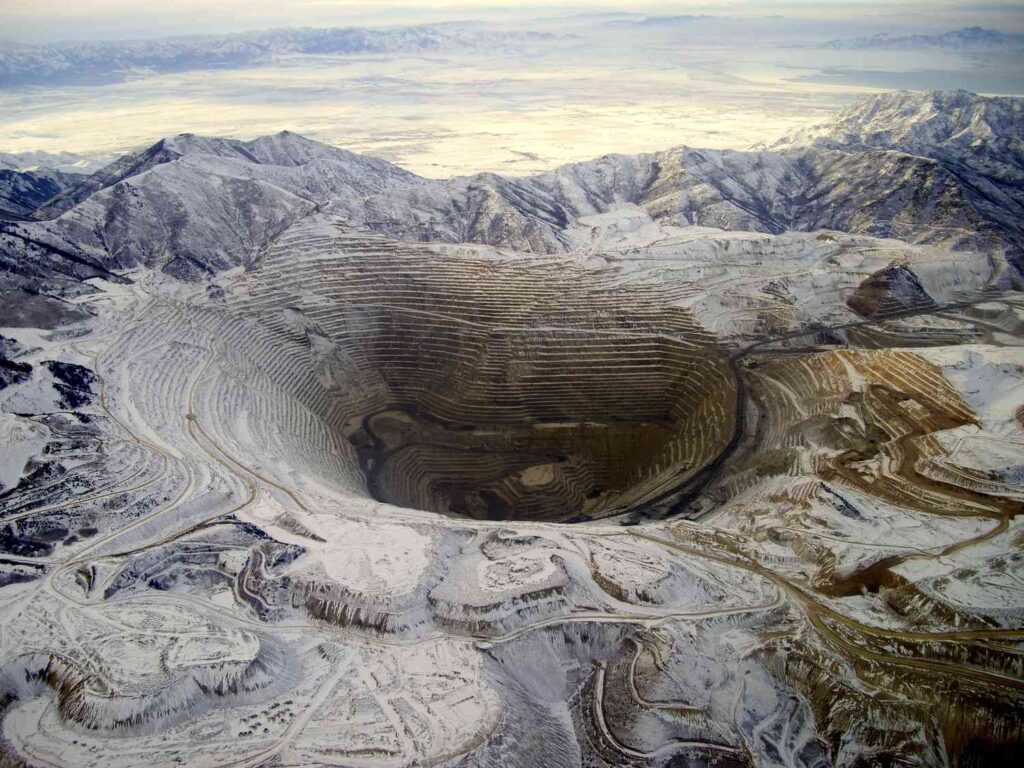
2. Hard Rock Mining
Hard rock mining is the trusted method for liberating lithium ensconced within pegmatitic rocks like spodumene. Miners embark on the mission of extracting the ore, which subsequently undergoes rigorous processing. Crushing, grinding, and a medley of beneficiation processes are set in motion to separate the lithium-bearing minerals from the surrounding waste rock.
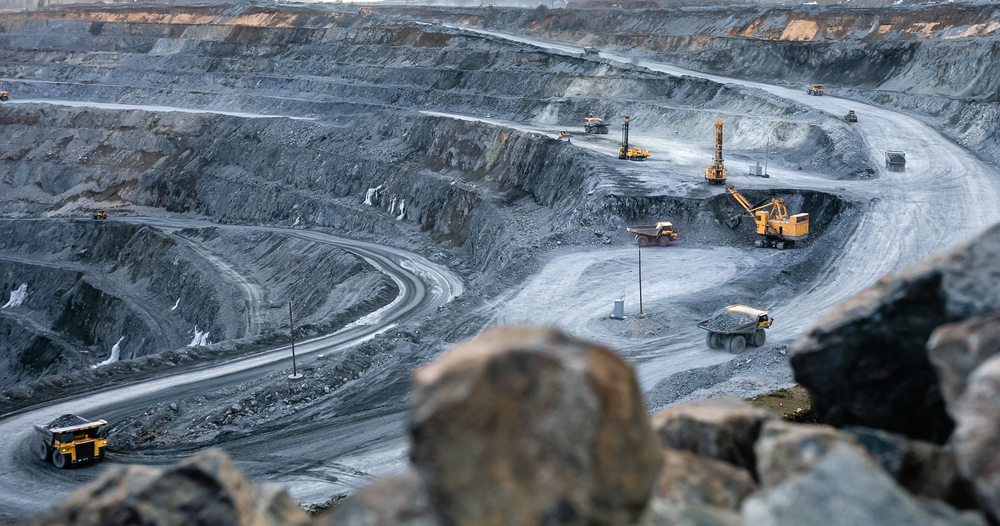
3. Brine Extraction
This technique comes into play when lithium is found within brine, which is essentially a potent cocktail of salts and water. Brine deposits can be uncovered in salt flats, salars, or underground aquifers. The process includes:
- The brine is brought to the surface and subjected to solar or mechanical evaporation, intensifying the lithium concentration.
- The concentrated lithium brine then traverses further chemical and physical processes to extract lithium in its purest form.
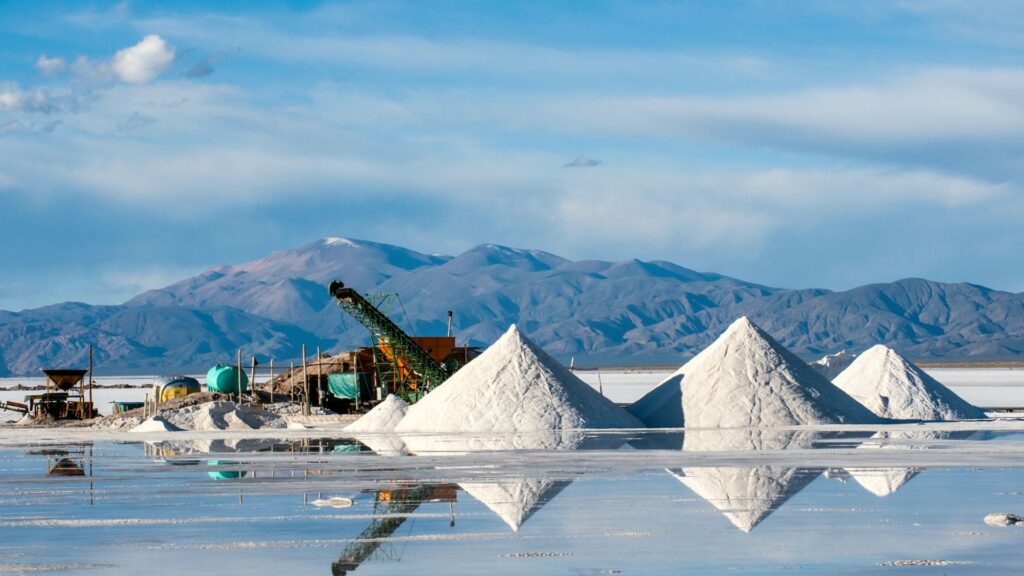
4. Underground Mining
When lithium ore hides beneath layers of Earth, inaccessible through open-pit mining, underground mining is deployed. The process includes:
- Vertical shafts or ramps are meticulously drilled into the Earth to access the coveted lithium-bearing ore.
- Room and pillar mining or longwall mining techniques are employed to secure the ore and extract it safely.
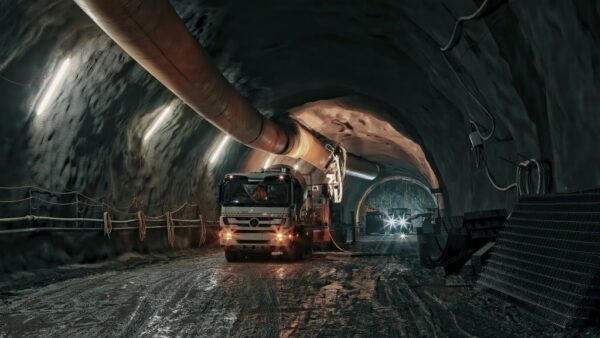
5. In-Situ Leaching
In cases where traditional mining methods falter due to challenging rock formations, in-situ leaching steps in. The process includes:
- Chemicals, such as acids or solvents, are injected into the rock to dissolve the lithium.
- The lithium-bearing solution is then pumped to the surface for further processing, providing an alternative route to lithium extraction.
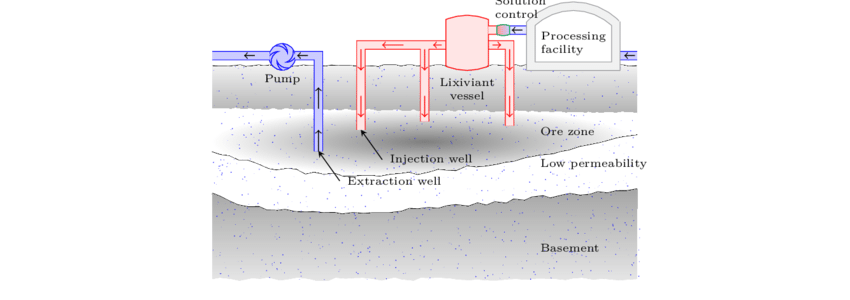
6. Lithium Recovery from Geothermal Brines
Geothermal brines, hot water solutions teeming with dissolved salts, including lithium, become a resource through geothermal power production. Lithium is extracted from these brines using a range of techniques, including precipitation, adsorption, and chemical methods, offering a sustainable source of this valuable element.
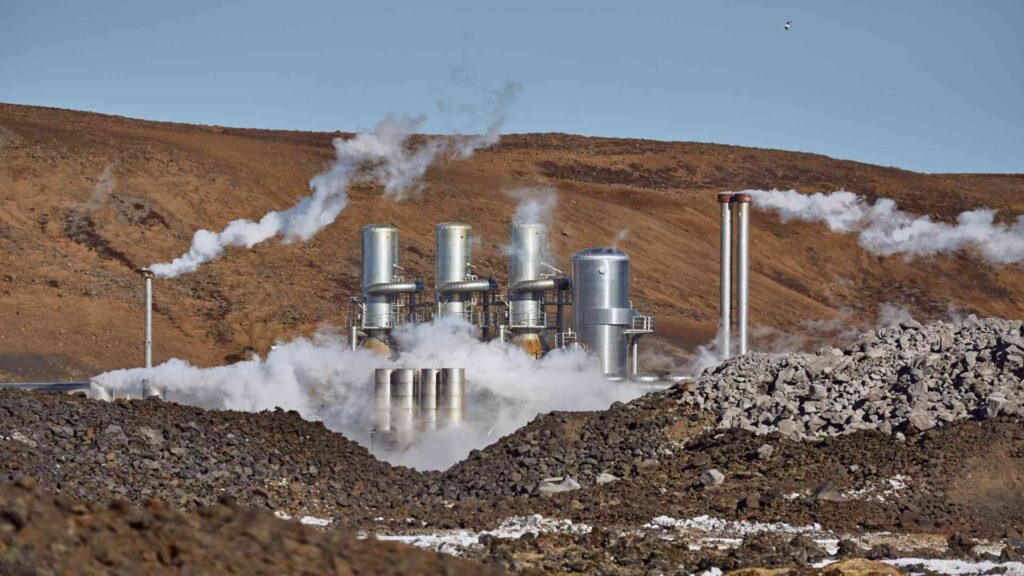
Conclusion
Lithium’s vital role in various industries does raise concerns like land disruption, high water usage, and emissions. To address these issues, responsible mining, adherence to regulations, and community involvement are crucial for a sustainable future.
With lithium demand on the rise, mining companies are focusing on sustainability. At Dellahs Mining, a lithium mining company in Nigeria, we are committed to reducing water use, emissions, and adopting innovative eco-friendly technologies. We aim to actively engage with communities and contribute to a positive regional impact.
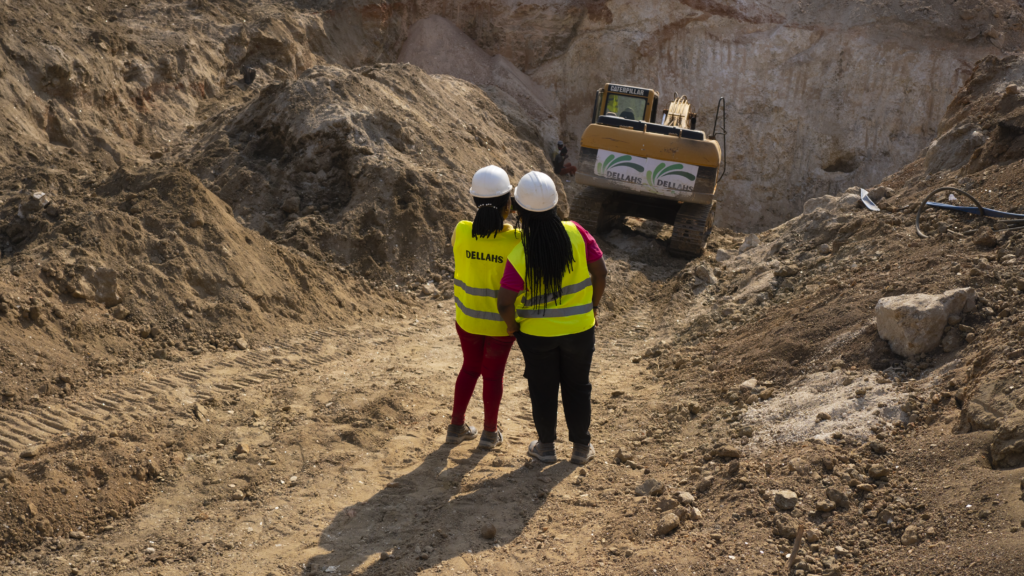
Together, we’re forging a greener and more responsible future, where lithium powers progress while respecting the environment.
Also see 11 Benefits of Lithium Mining Investment in Nigeria.



